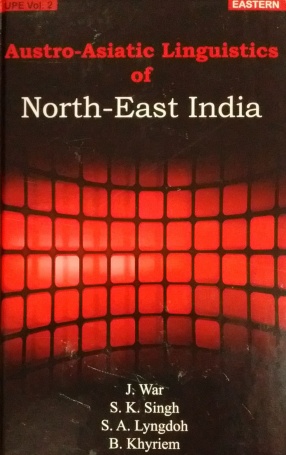
Shailendra Kumar Singh

Showing all 9 books
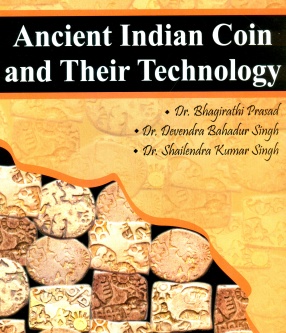
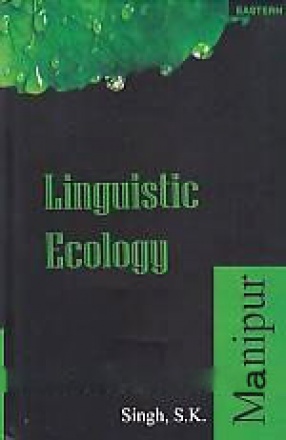
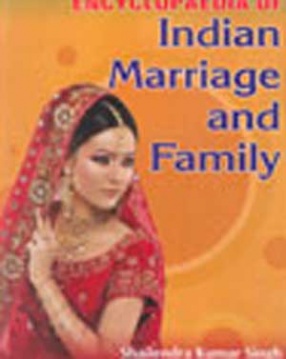
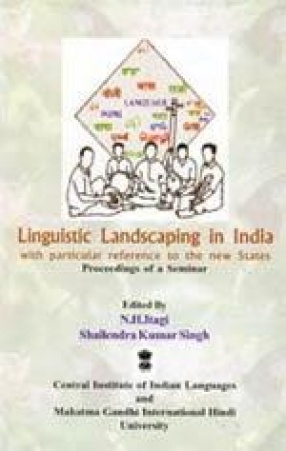
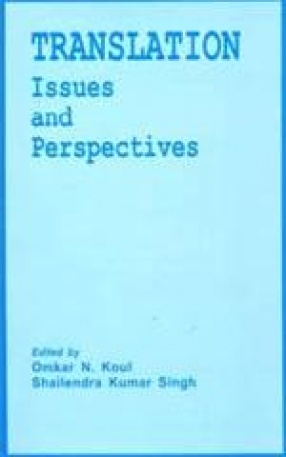

The contributions examine the trends of Austro-Asiatic languages spoken in North-east India. It focuses on the language of Meghalaya, Khasi, providing a comprehensive survey of varieties of Khasi language in the state. It covers a number of wide range of approaches and practices which basically form modern Khasi linguistics. It studies Khasi dialects to probe the gender-related expressions and multilingualism, as also Santali morphology. It presents a comparison ...
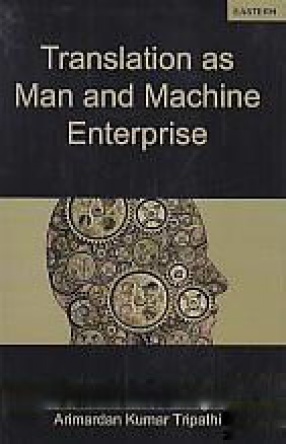

The historical prospects of the numismatics lie with the universal scientific and Technological interpretation. The metals which form the backbone of civilization are the products of science of extraction from their ores for the various uses of mankind e.g. forming the metals into various shapes, preparation of alloys, thermal treatment of metals and alloys in order to bring out certain desired physical and mechanical properties, the authors of this book uses ...

The essays in the volume explore how multilinguism operates in Manipur. They describe various aspects of languages spoken in Manipur to delve into the demographic, socio-cultural, religious, political, institutional, economical, historical and socio-psychological spheres of languages. They discuss the linguistic ecology in the state referring to different tribes and their languages including the Meitei, Koireng, Kom, Tarao, Aimol, Liangmai and Hmar. The book ...

Dr. Ambedkar was an iconoclastic social reformer who at the very formative years of his career realized what it meant to be an untouchable and how struggle against untouchability could be launched. The social reform movement of the caste Hindus could not win him to its side because of his existential understanding of the pangs of untouchability. The issue of untouchability, for social reformers, was a mere problem. This problem was exterior to them in the sense ...
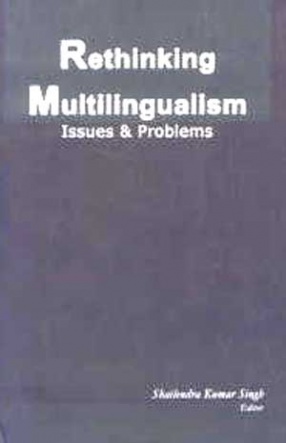
The aim of this volume is to present an overview of the multilinguistic situation in the countries such as India, and discuss the efforts to promote and maintain linguistic diversity, and at the same time, offer a space to the issues facing the less privileged groups (and their languages), including a discussion on the constitutional provisions for all language communities.

In India, people learn the essential themes of cultural life within the bosom of a family. In most of the country, the basic units of society are the patrilineal family unit and wider kinship groupings. The most widely desired residential unit is the joint family, ideally consisting of three or four patrilineally related generations, all living under one roof, working, eating, worshipping, and cooperating together in mutually beneficial social and economic ...


Translation: Issues and Perspectives includes papers by scholars involved in translation studies as well as practicing issues of translation. Some papers discuss the issues from the point of view of different theories of translation, some review actual translations, and others bring out the experience of practicing translators. Papers are contributed by Probal Das Gupta, C. Sivashanmugam, P.P. Giridhar, V.V. Rama Rao, Girish Nath Jha, Shailendra Kumar Singh, ...
